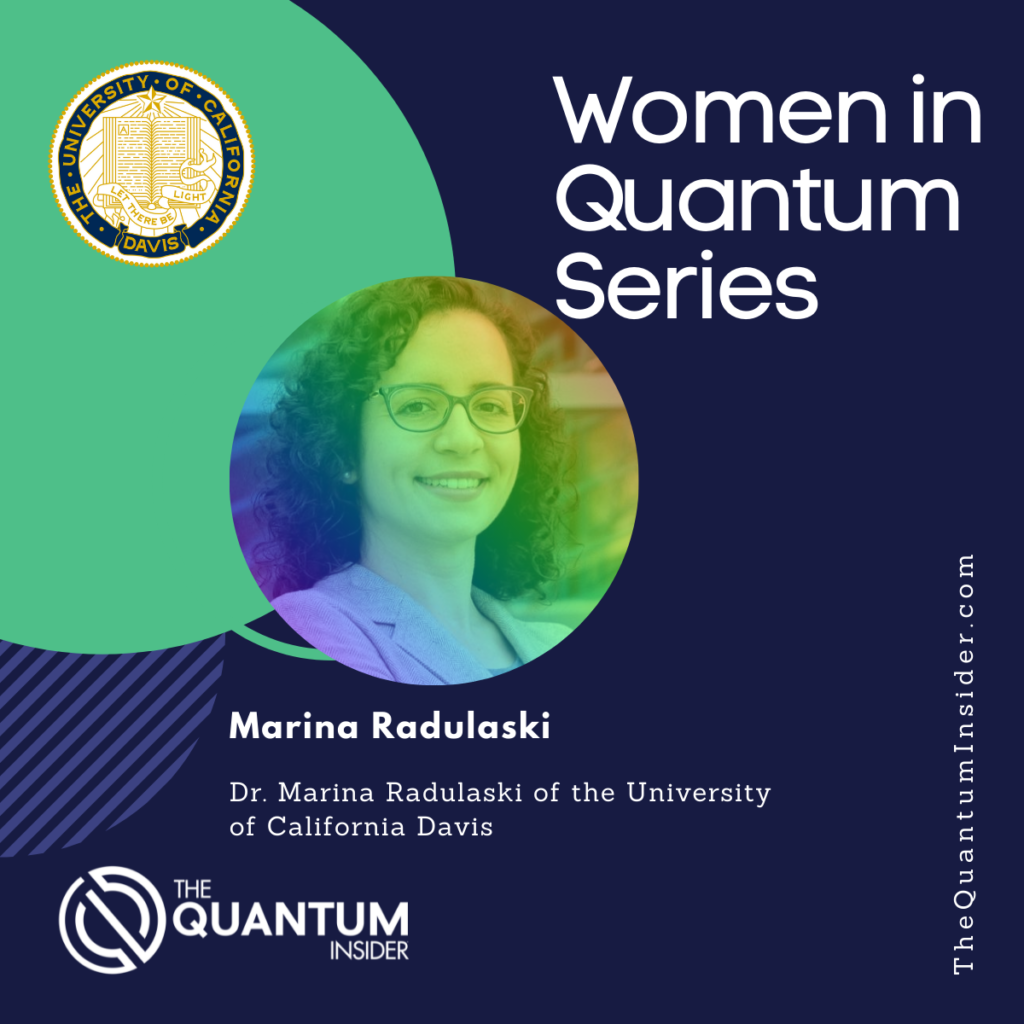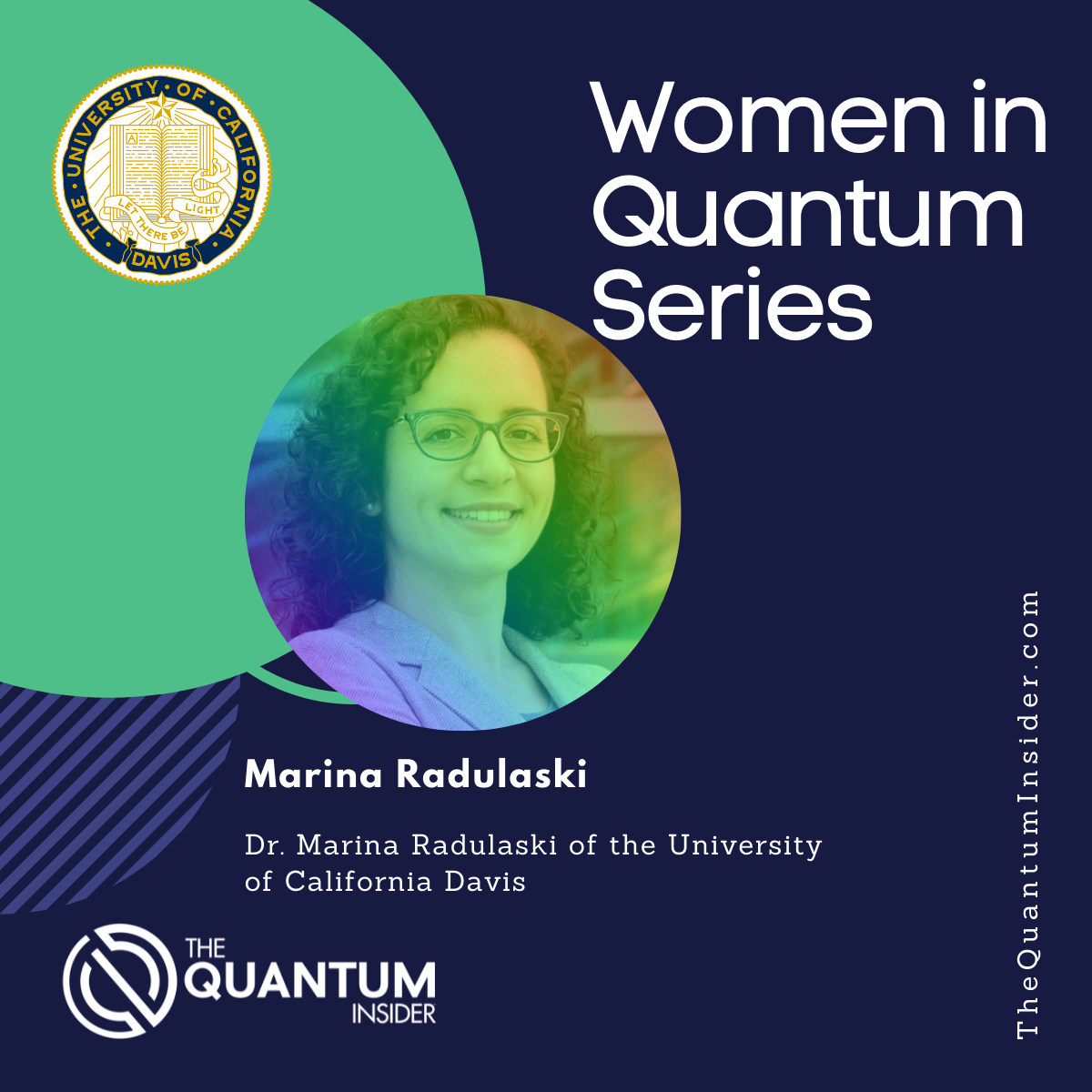
Curiosity is the main driver of research, and Dr. Marina Radulaski is not immune to this drive. “I’m an assistant professor of Electrical and Computer Engineering at the University of California Davis,” explained Radulaski. “I started my position three years ago. It’s been an exciting journey because it combines research on cutting edge technology and teaching new generations about a really interesting area.” At UC Davis, Radulaski and her lab study light and matter interactions at nanoscale size to use in applications of quantum information processing.
Radulaski found herself first interested in quantum technology when she was a teenager. “When I was in high school, I became interested in quantum mechanics,” she said. “Then I was in undergrad searching for research opportunities, where I could get hands-on experience with quantum mechanics. I did a Ph.D. in quantum nanophotonics at Stanford University, and that was a wonderful experience. At the end of my Ph.D., quantum computers became available. So, in addition to building the next generation of quantum hardware, I also got access to the current generation of quantum hardware. That’s been an exciting opportunity to practice manipulating this very unusual nature of matter for information processing.”
Using her own lab, Radulaski hopes to inspire similar passions in the future quantum workforce. “I’m also interested in the training of the quantum workforce,” she added. “It’s not really too early to start exposing students at teenage years to these technologies, even though the concepts are a bit more complicated than classical physics and classical information.” Radulaski believes that early exposure to quantum technology could help fix the predicted workforce shortage within the quantum industry. This shortage will most likely be due to a lack of properly trained incoming employees. Exposing young people to quantum technology could start them on the career path to joining the industry later on. “Young people can get very curious about these new ideas, especially now that they can play with quantum computers, in a more accessible way, from any part of the world.” Radulaski and her lab use social media to reach out to young students. They also visit various high schools to talk about STEM careers and research opportunities.
From her outreach, Radulaski has identified some important barriers when it comes to diversifying the quantum workforce and making the industry more inclusive. One of the biggest barriers is cost. According to Radulaski. “In terms of access to new technologies, students in certain areas that are underfunded or don’t have proper resources can not get access to lab equipment.” This can automatically bar certain individuals from entering the industry. But the high cost of quantum technology is sadly normal. “Our experiments require hundreds of thousands or even millions of dollars,” noted Radulaski, “and so not every school can offer such resources. It’s really important to reach out to different communities to tell them that, even though they may not have seen this technology, it can be available to them through graduate research in our labs.” Like many academics and industry players, Radulaski shows that universities are the easiest ways to expose students and young people to this technology.

But exposure is not enough, as Radulaski also emphasizes the importance of mentorship and role models. “How do we change the science and involve more diverse folks is by having appropriate role models,” she explained. “Which means we need to have more professors and industry leaders that represent the diversity of humanity. In addition, we need focused activities where people who are usually not exposed to quantum technologies can learn about this area. I think those are the two main paths to diversifying our quantum workforce.”
For more market insights, check out our latest quantum computing news here.
















